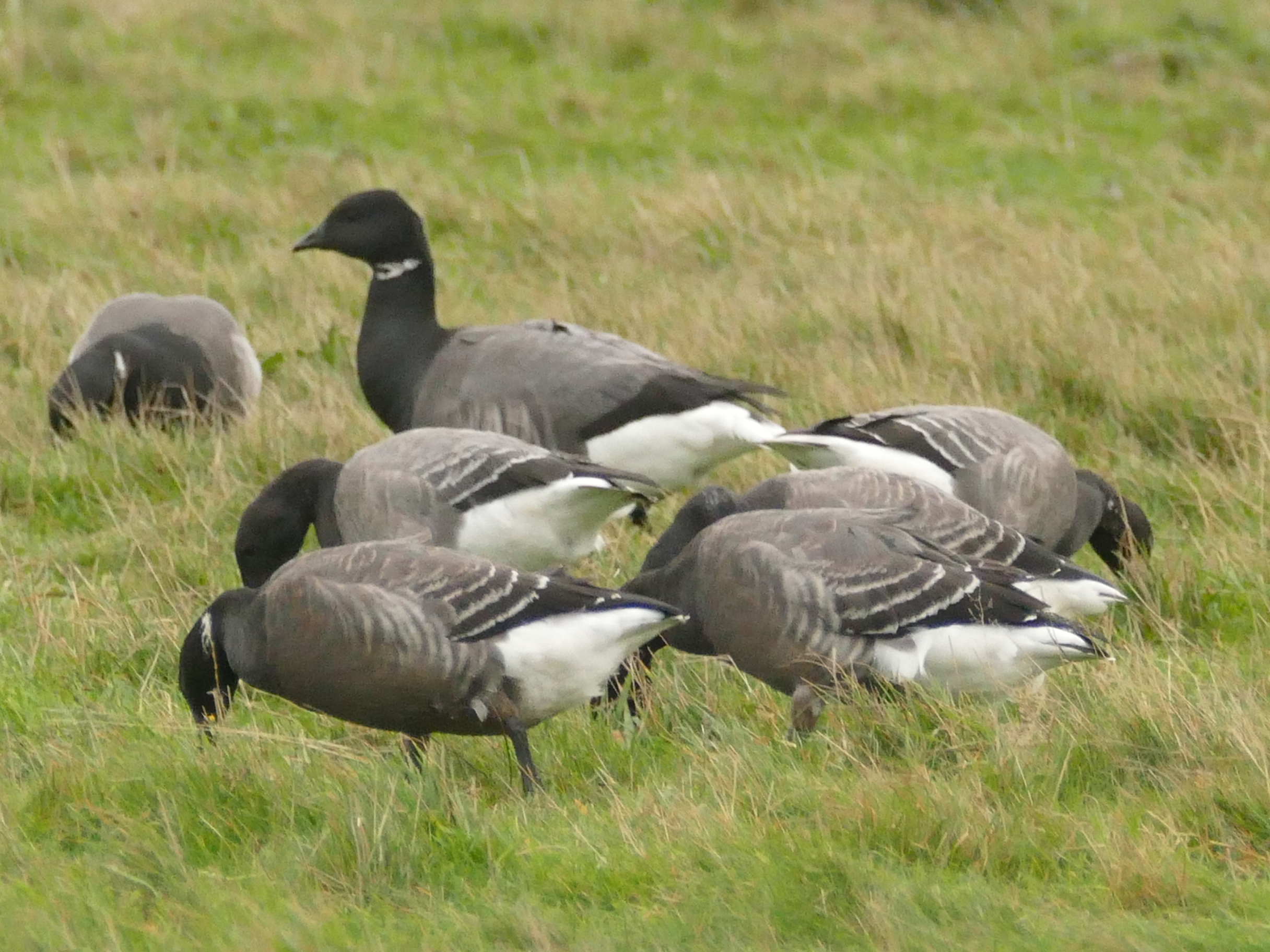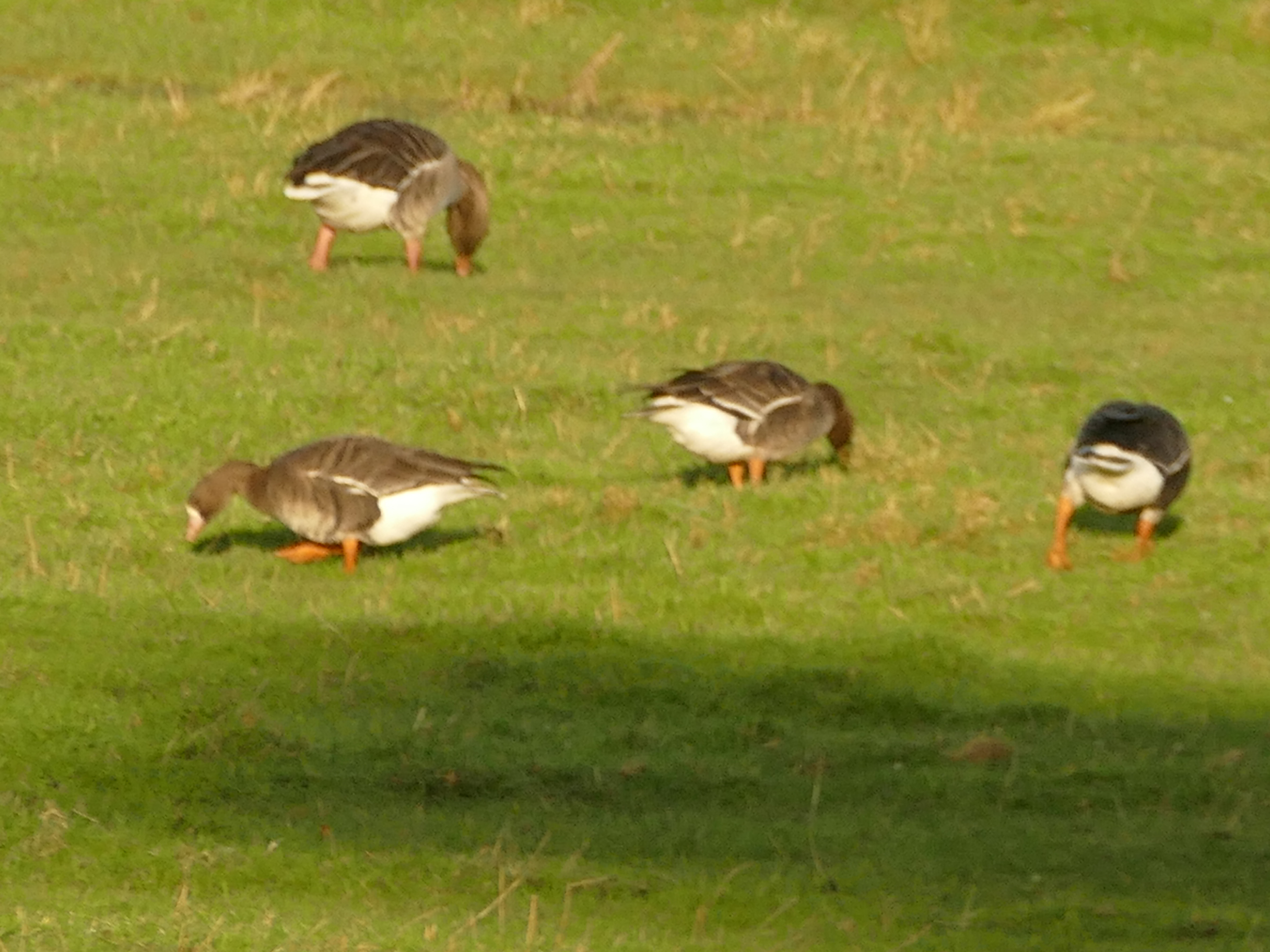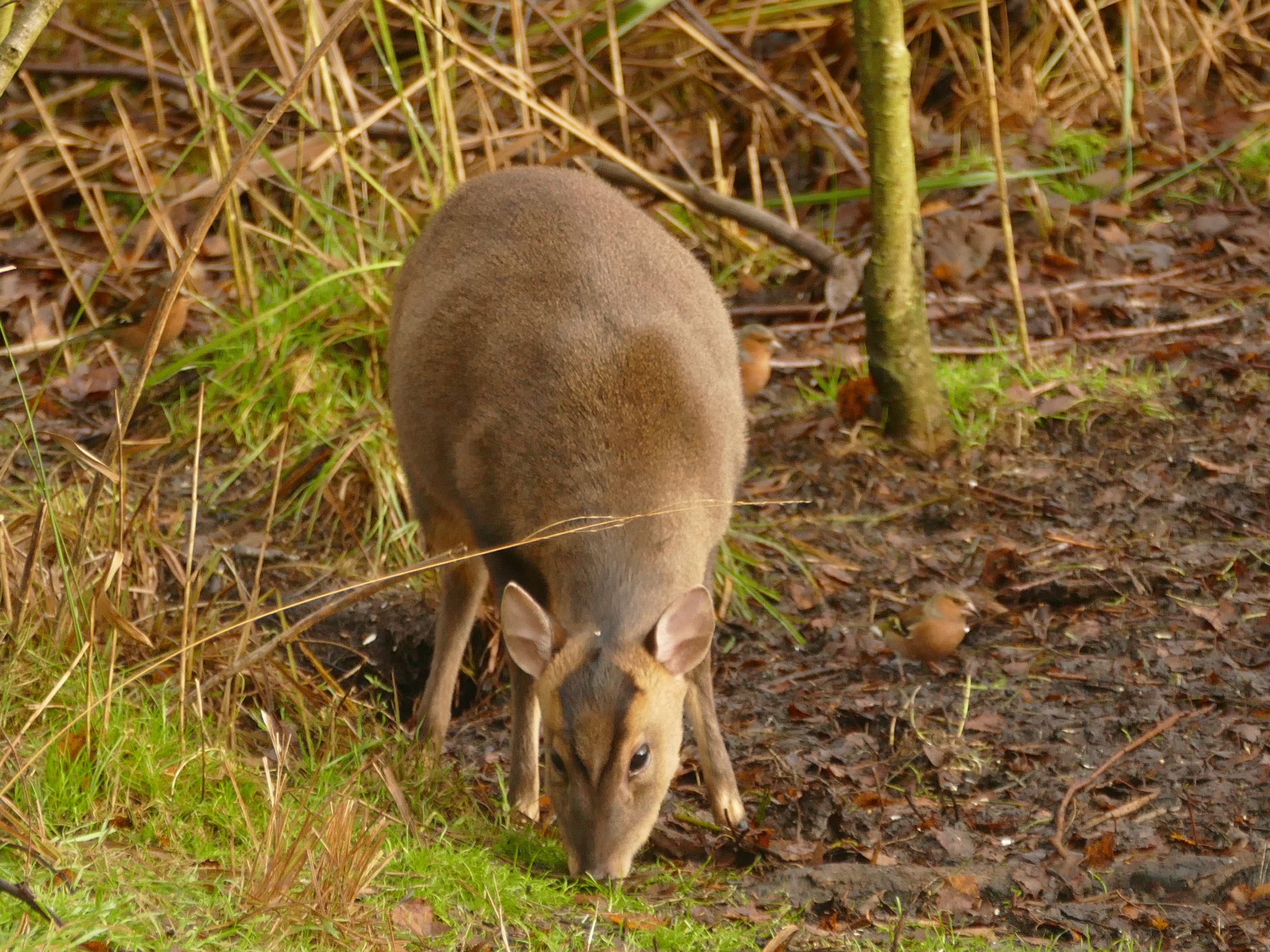A little local knowledge led us to the observation point local to Wells where a long staying Rough Legged Buzzard had been roosting, there it was just as been promised. There were also a couple of Common Buzzards there as a direct comparison, what we didn’t anticipate were a couple of Red Kites muscling in on the Rough Leg, as this was happening a Marsh Harrier flew away down the Marsh.
To complete the trip we had a final look for the Snow Bunts just as we thought it not going to be we finally found them 80 to 90 of them, this certainly made the trip for a couple of the guests.
So the trip gave us close to 90 species of birds with waders, wildfowl and raptors being the best represented, it was also a great group of people with some lively discussions taking place, but most of all it kept us all out of the Election bubble that was happening elsewhere. Norfolk never ever fails to deliver whatever the time of the year.


